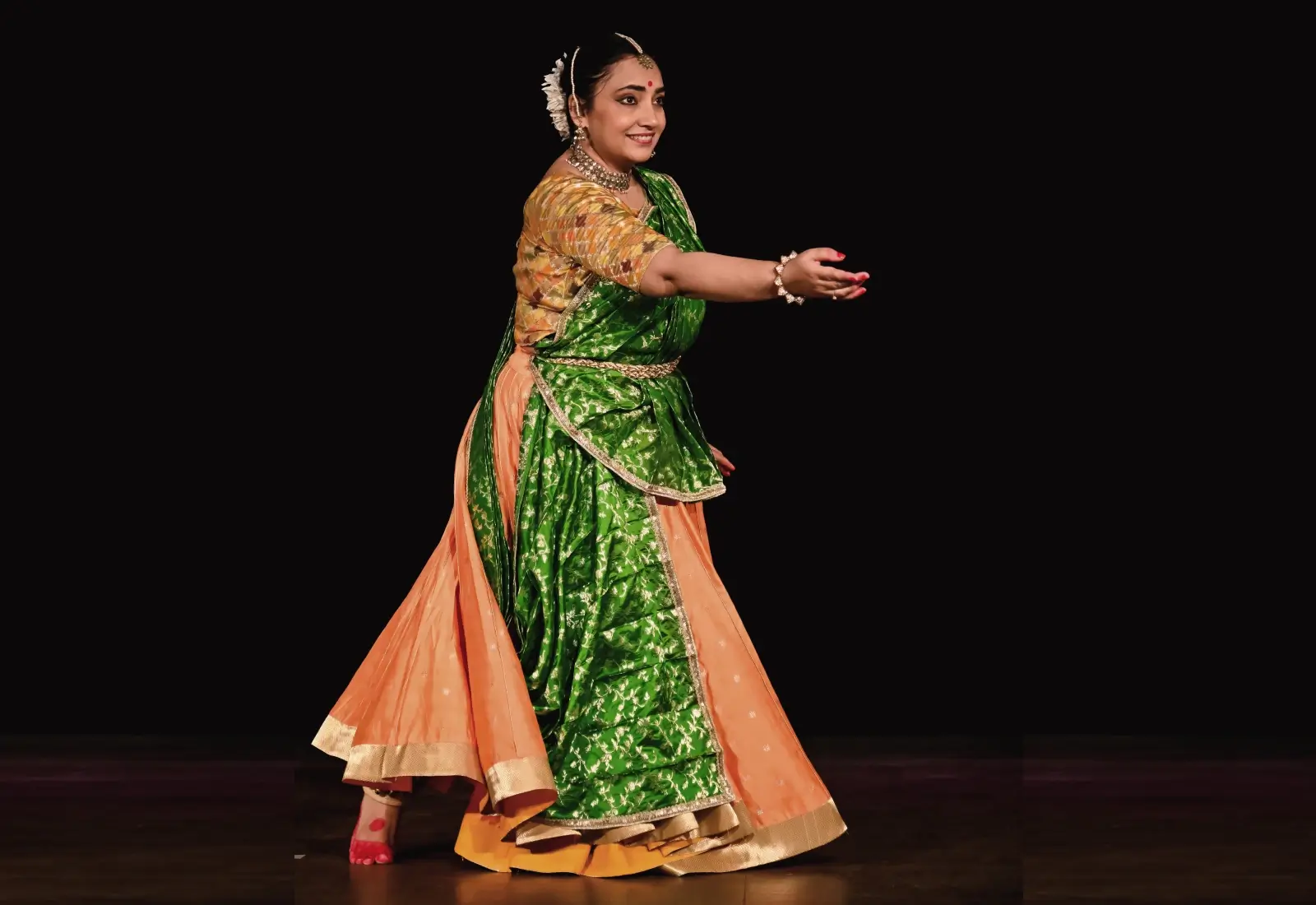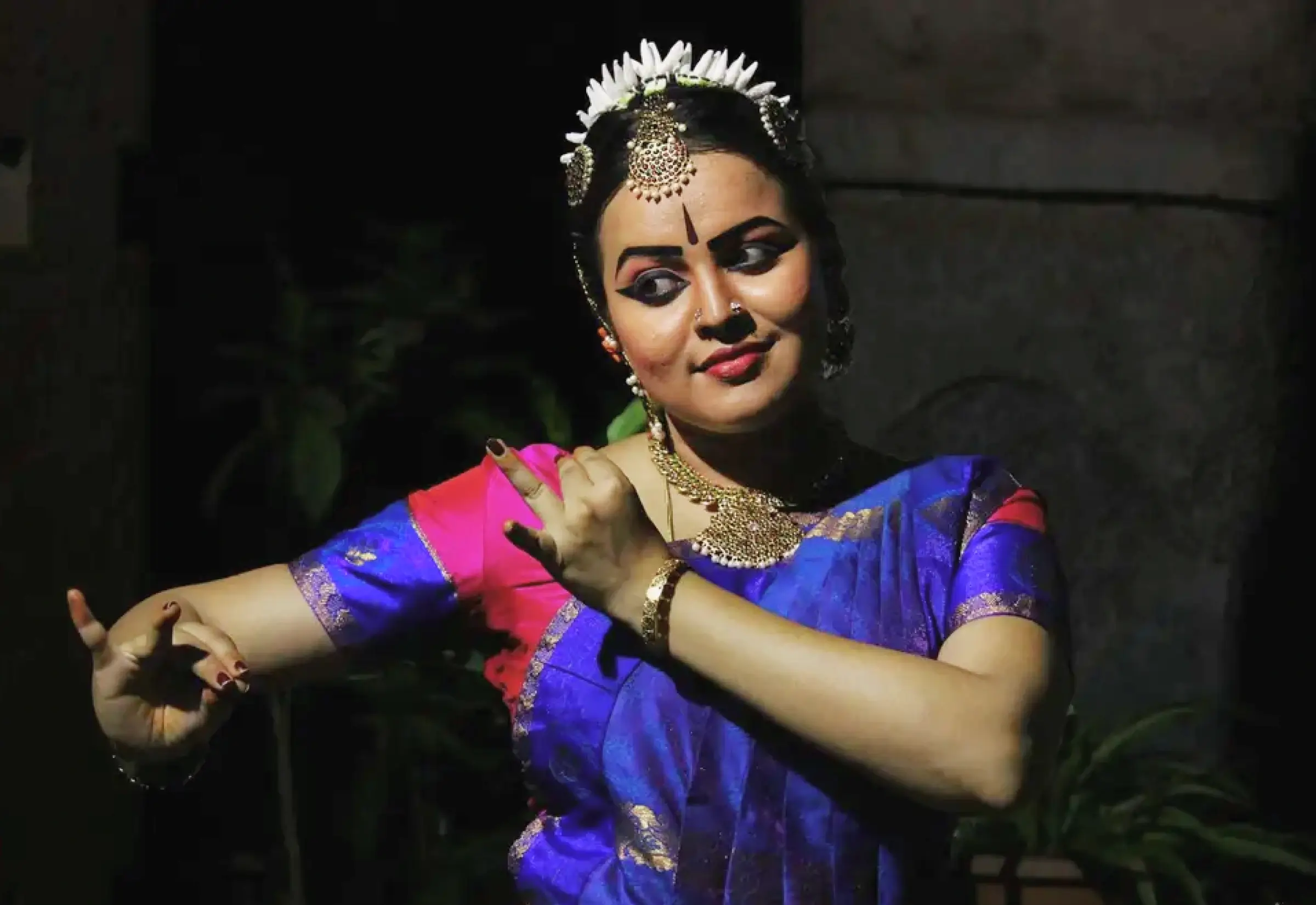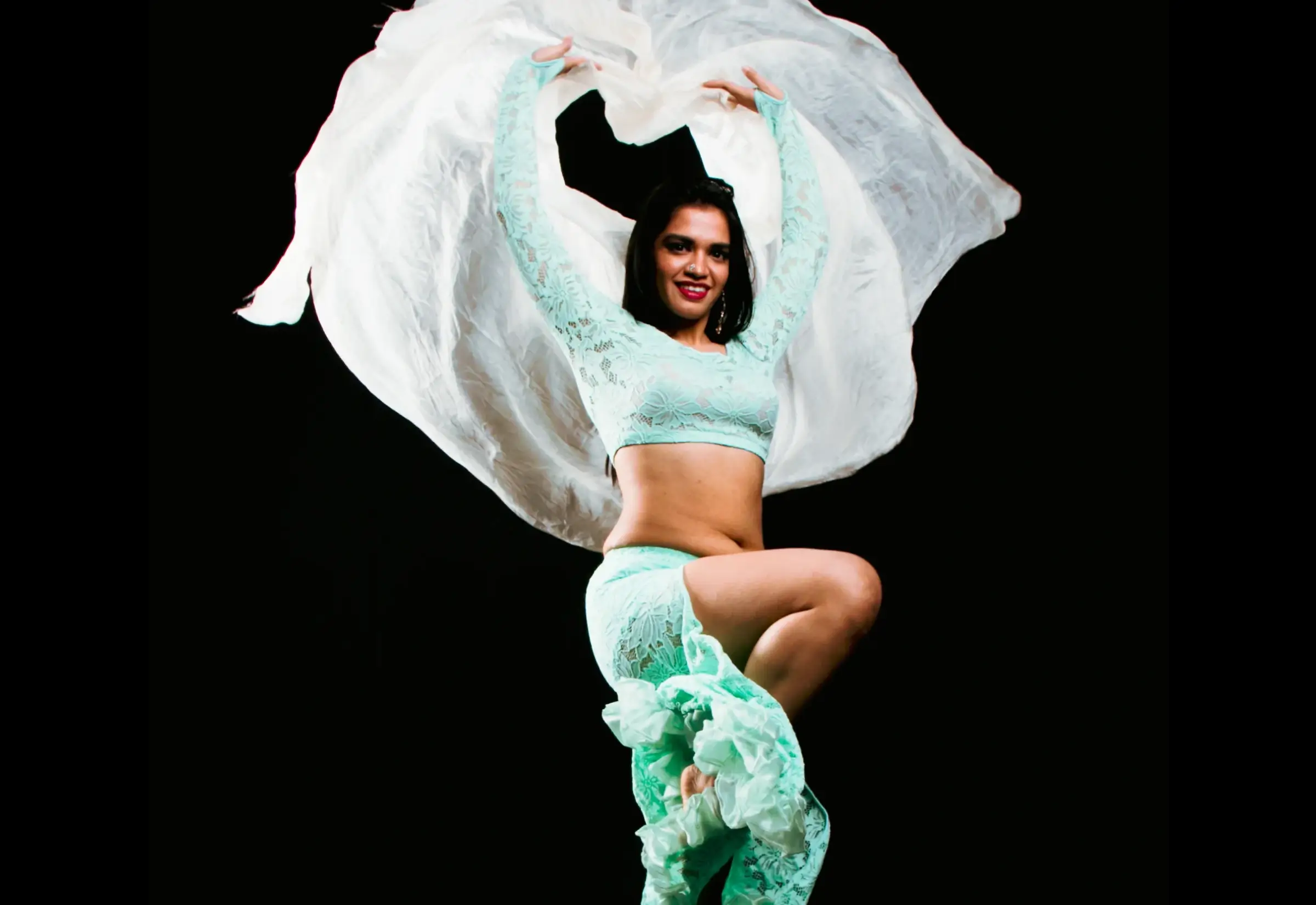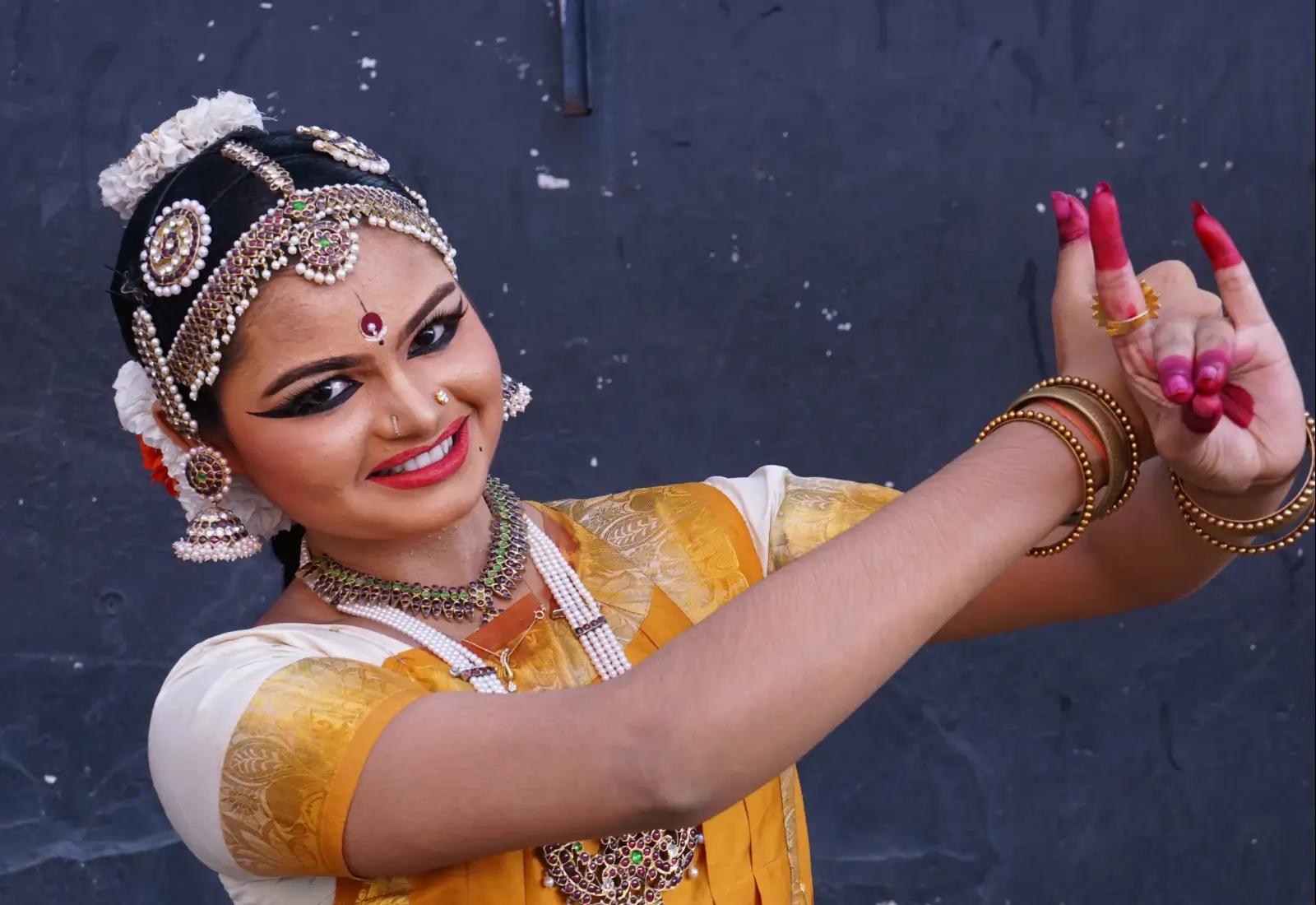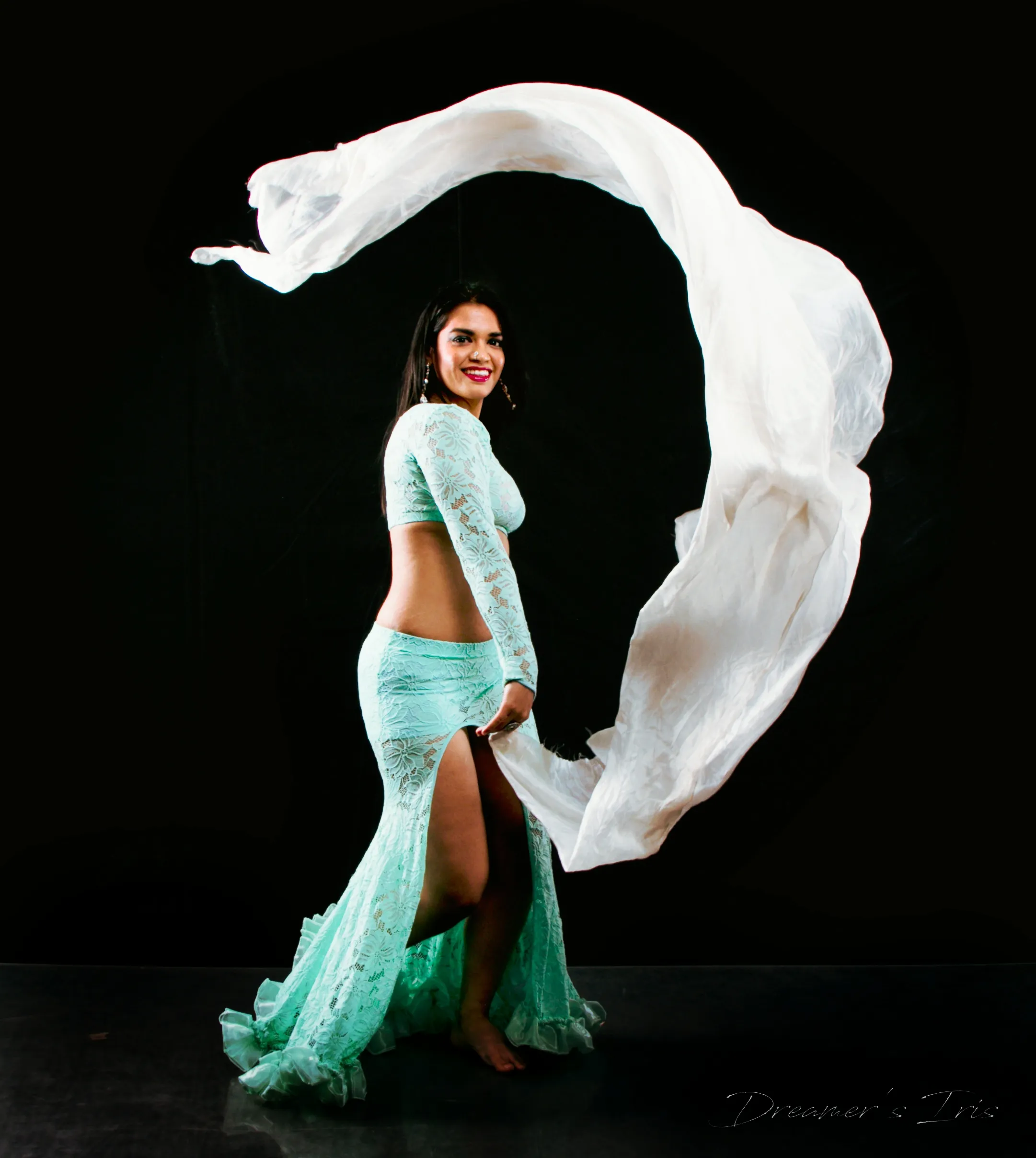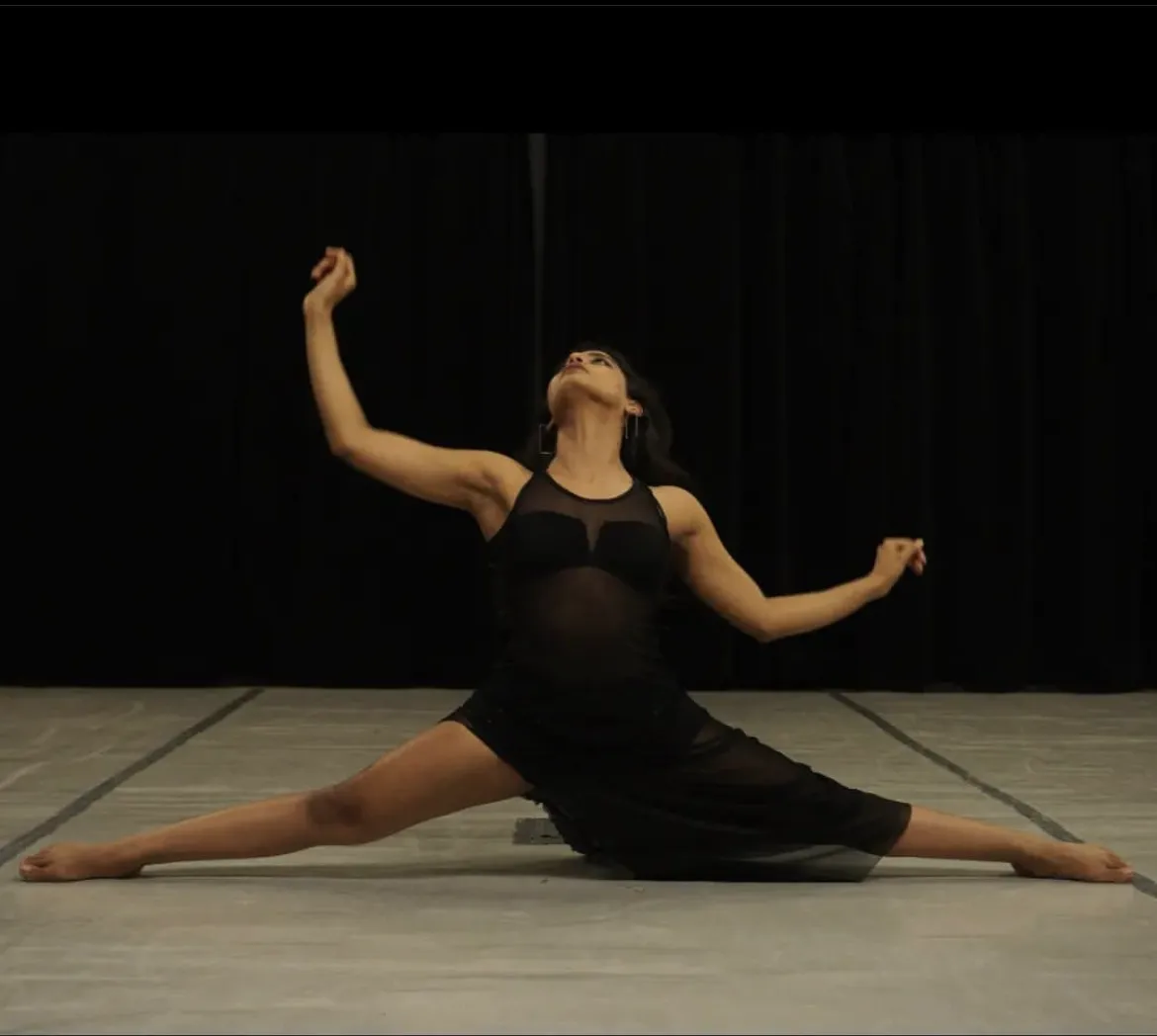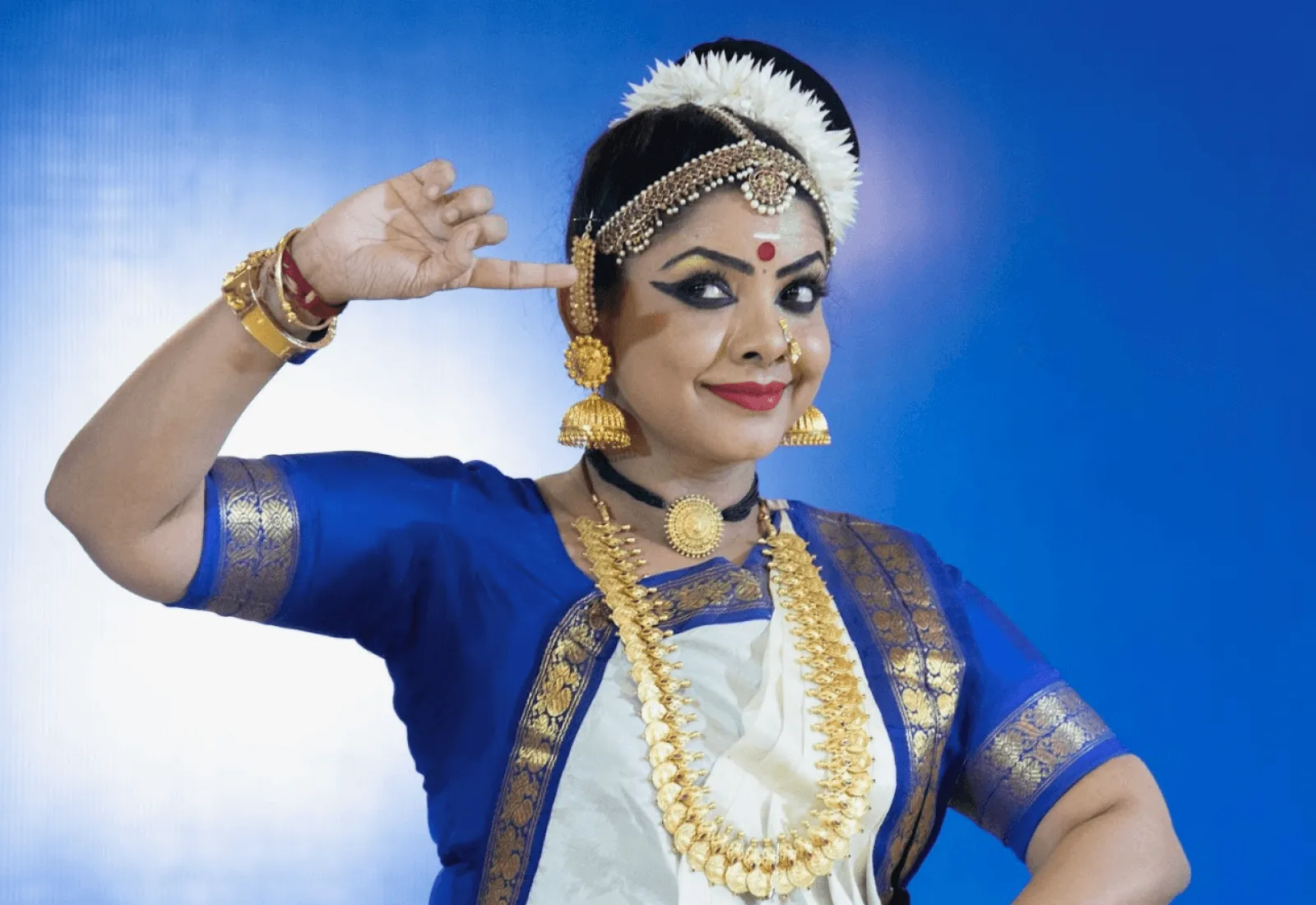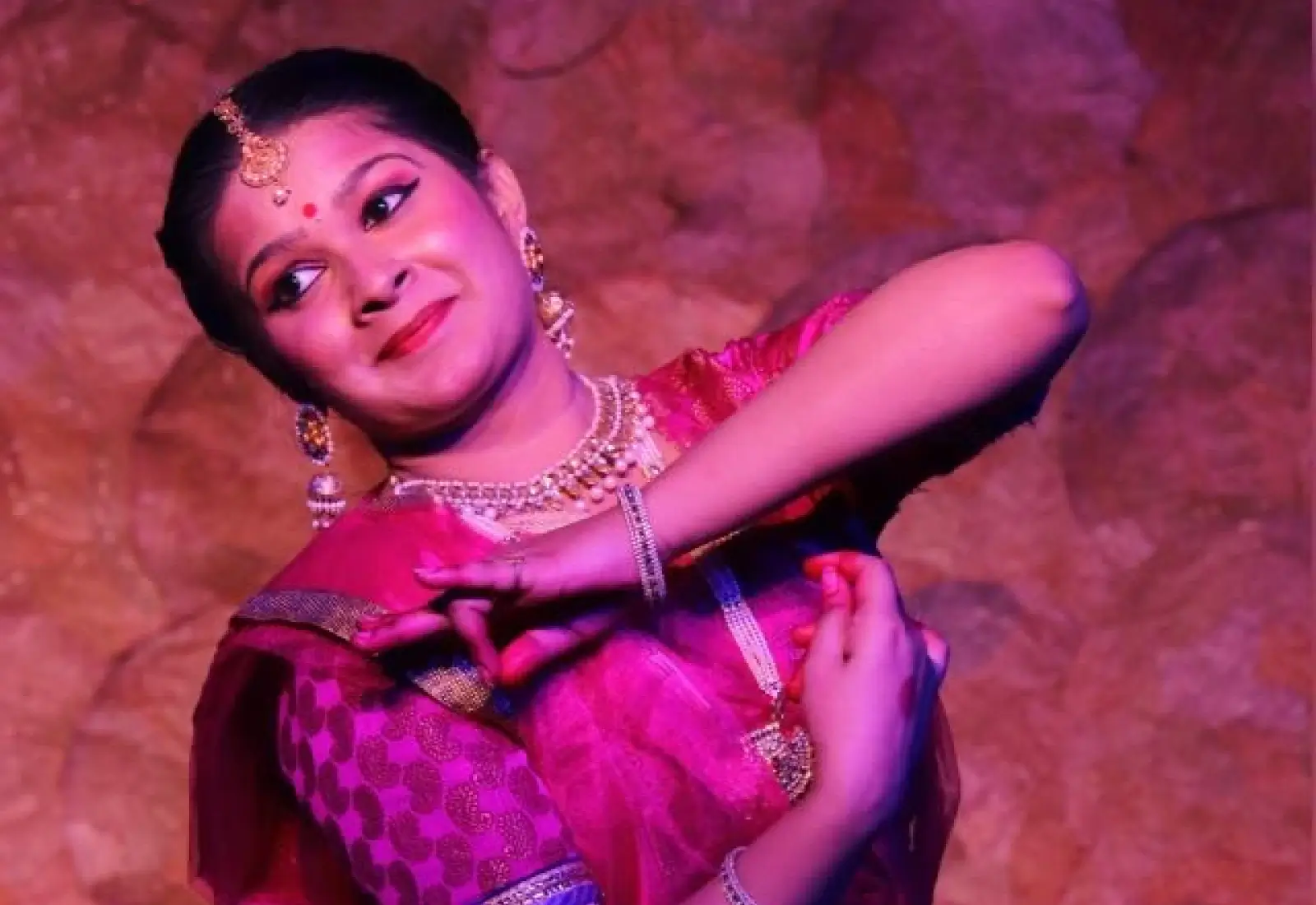10 Ballet Dance Moves Names With Pictures
Ballet dance was first performed in the Italian court in the 15th century. From there on, it traveled to the majestic halls of France. Here, the ballet dance moves were further refined to evolve into a dance form that embodies grace.
Ballet is not merely a dance style. Rather, it is a way to tell stories without words—only through posture, expression, and movement. From the hushed rustle of a tutu to the soft strike of a pointe shoe, every detail is steeped in centuries of artistry. While it looks light and effortless, behind each movement lies intense training, control, and absolute devotion.
Whether you're a curious beginner, a dance enthusiast, or someone who just marvels at it, here is a list of basic ballet dance steps that define elegance, strength and fluidity of movement like none other.
10 Fundamental Ballet Dance Moves Names With Pictures
1. Sauté
2. Relevé
3. Pas de Basque
4. Pencil Turn
5. Attitude Turn
6. Point Step
7. Rond de Jambe
8. Développé
9. Arabesque
10. Chassé
1. Sauté
Sauté (meaning “jump” in French) is often one of the first jumps a ballet student learns. At first glance, it’s simple—a soft spring into the air with both feet landing together. But on stage, it becomes much more. A sauté in Giselle might show innocence and joy; in La Bayadère, it could signify spiritual elevation.
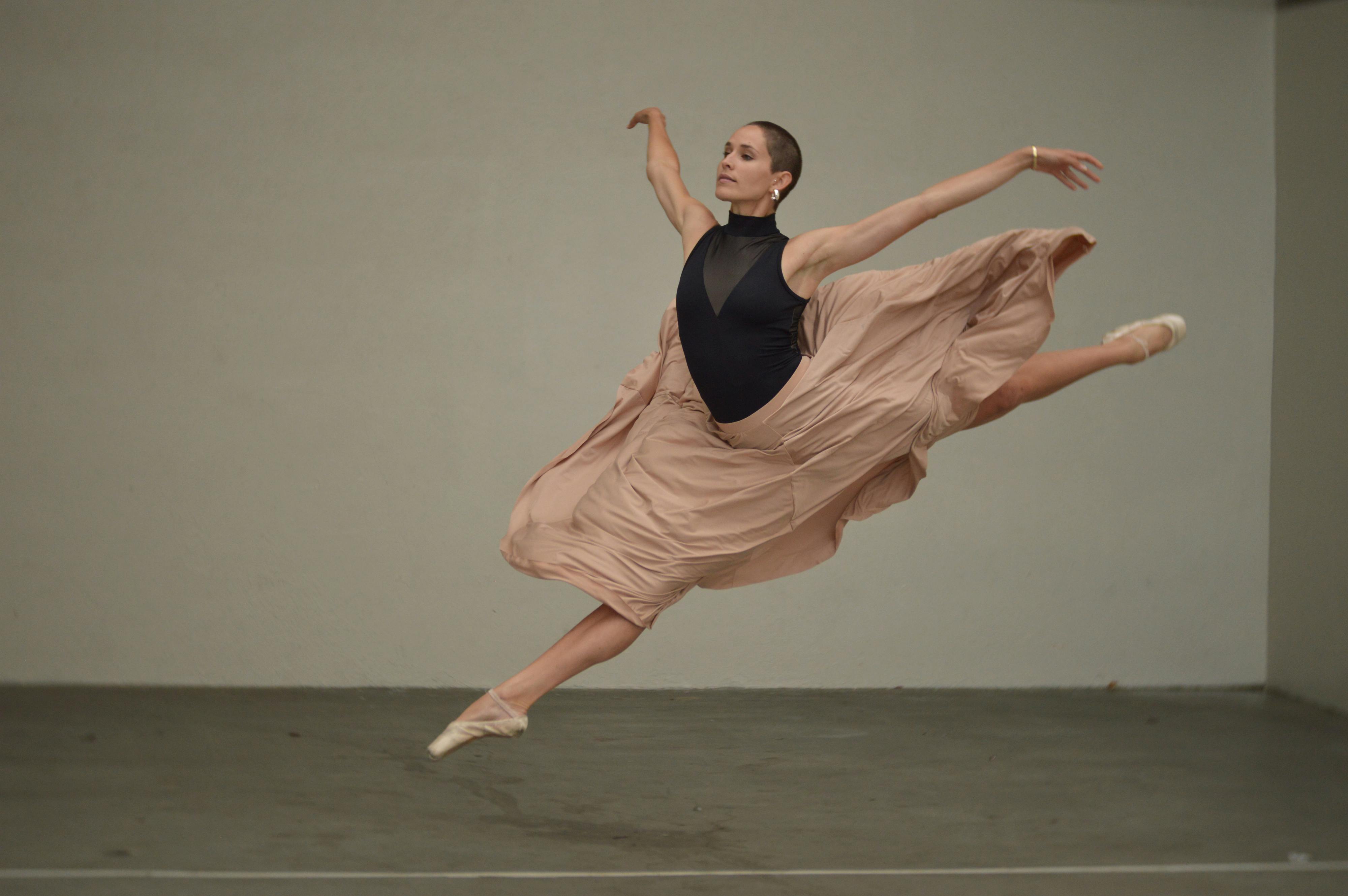
The story goes that dancers in early French court ballets used small jumps like the sauté to mimic the graceful agility of birds, showing nobility and lightness. It gives energy to choreography, lifting the narrative - quite literally.
2. Relevé
Relevé, meaning “to rise,” is deceptively subtle. Dancers lift onto the balls of their feet (or pointe) with controlled strength. This tiny elevation can be incredibly powerful in performance. In The Sleeping Beauty, Princess Aurora rises to greet her guests with a string of elegant relevés—each one showing grace and inner poise.
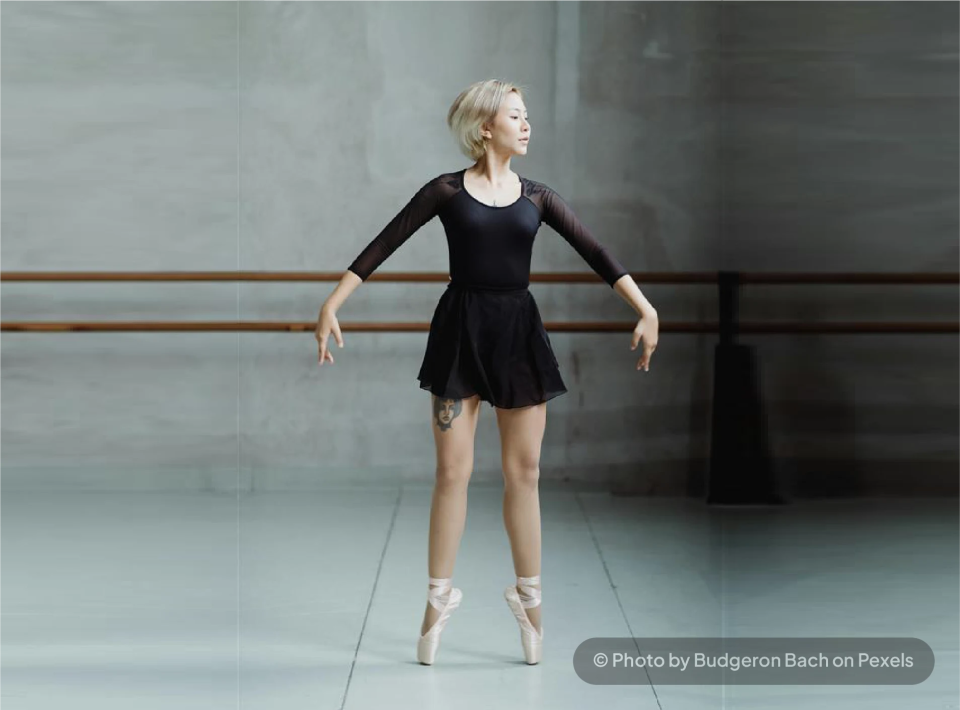
Historically, this rise symbolizes the elevation of the soul - the dancer reaching beyond the earthly realm toward something higher, whether that’s love, freedom, or destiny.
3. Pas de Basque
This step comes from the folk dances of the Basque region in France and Spain. In ballet, Pas de Basque was stylized into a sweeping side-to-side step with graceful arm movements. It appears in ballets like Raymonda and Paquita, often in scenes that blend classical ballet with character dance.
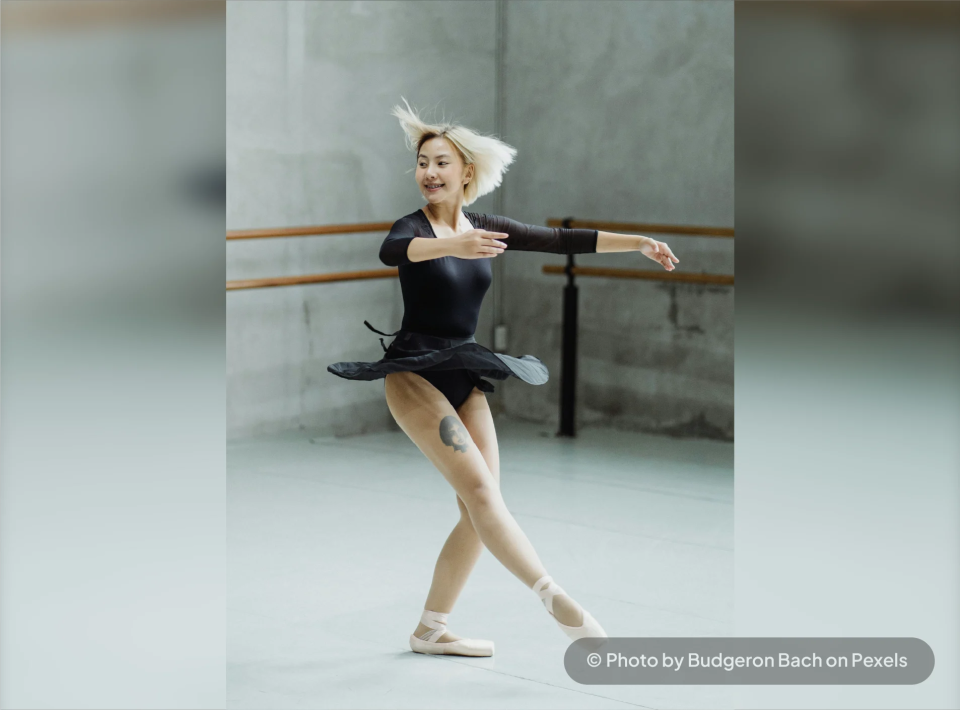
Imagine a noble character entering a court ball - gliding into view with a series of Pas de Basques. The step helps to set the tone: it's elegant, cultured, and flowing, making it ideal for introducing characters or transitioning between emotional beats.
4. Pencil Turn
Named for its straight, vertical line, the Pencil Turn is all about control. The legs stay close and taut while the dancer spins. While not a classical ballet staple, it’s often seen in neoclassical and contemporary ballet, where clean shapes and dynamic shifts drive the narrative.
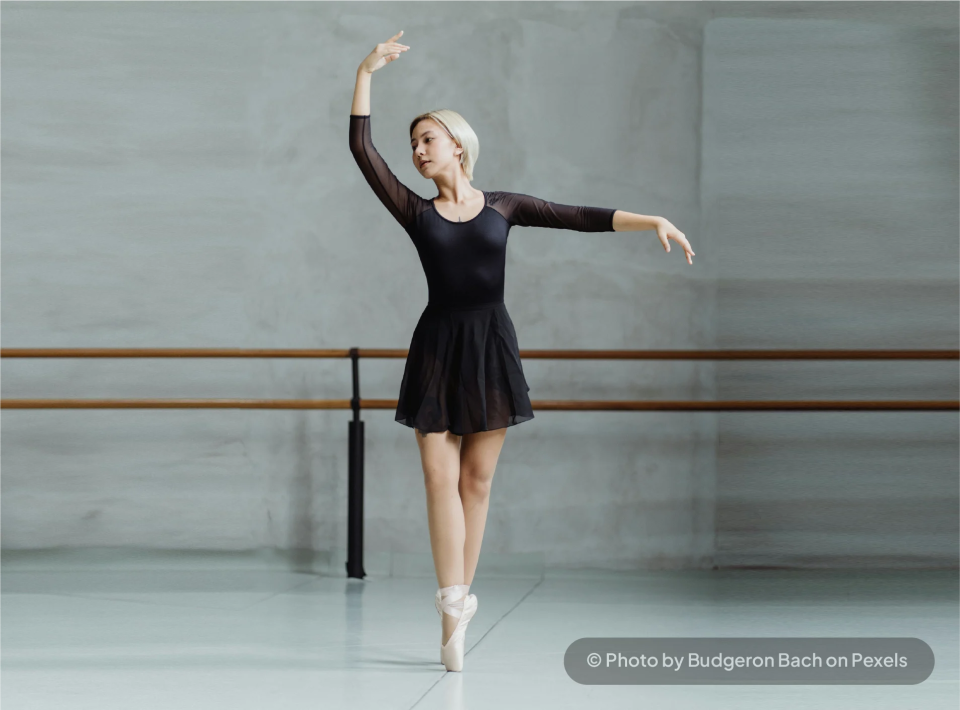
Picture a modern version of Carmen - a character makes a sharp exit, turning with fierce control. That pencil turn becomes a punctuation mark, an exclamation in dance grammar. It adds sleek contrast to the softer, more fluid steps around it.
5. Attitude Turn
In this turn, one leg is lifted and bent behind or in front of the dancer while the body rotates. The pose is inspired by ancient sculptures - especially the statue of Mercury, the Roman messenger god.
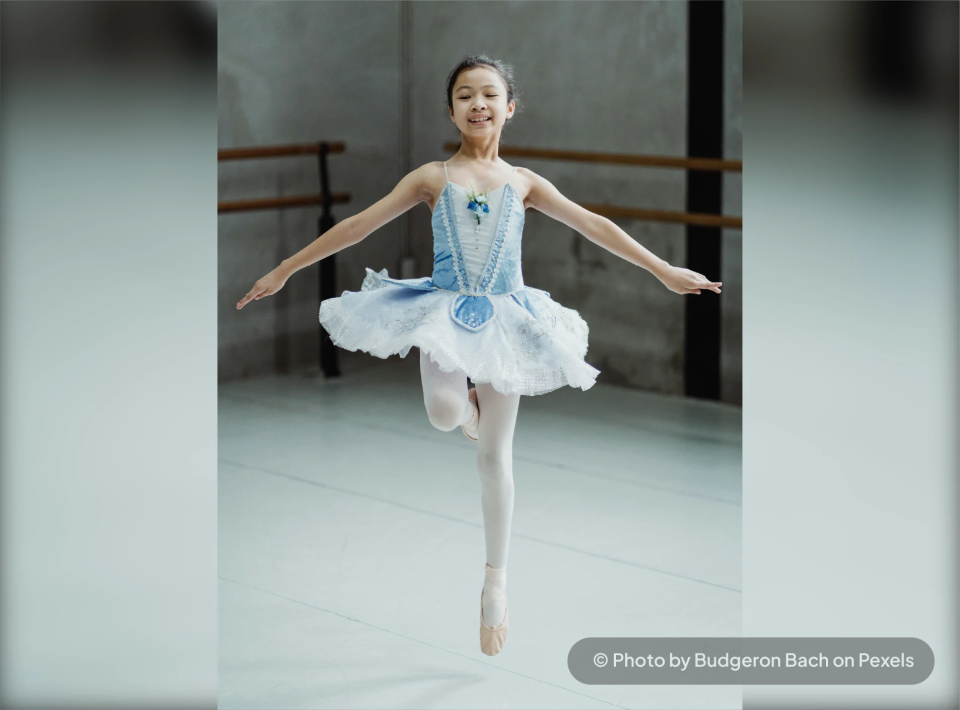
This step is often used to convey transformation or inner resolve. In Swan Lake, Odette’s attitude turns appear as though she’s spinning in her sorrow, suspended between human and swan. It’s a step of emotion in flux, full of vulnerability and strength.
This step is also used in stylized or expressive pieces, especially in lyrical hip-hop. It blends perfectly with the other hip-hop dance steps to blend elegance with groove.
6. Point Step
While not always formally named in technique books, the point step - extending one foot with a pointed toe before shifting weight - is part of ballet’s vocabulary of intention. It's often seen in moments of change: before a dancer moves, leaps, or pivots.
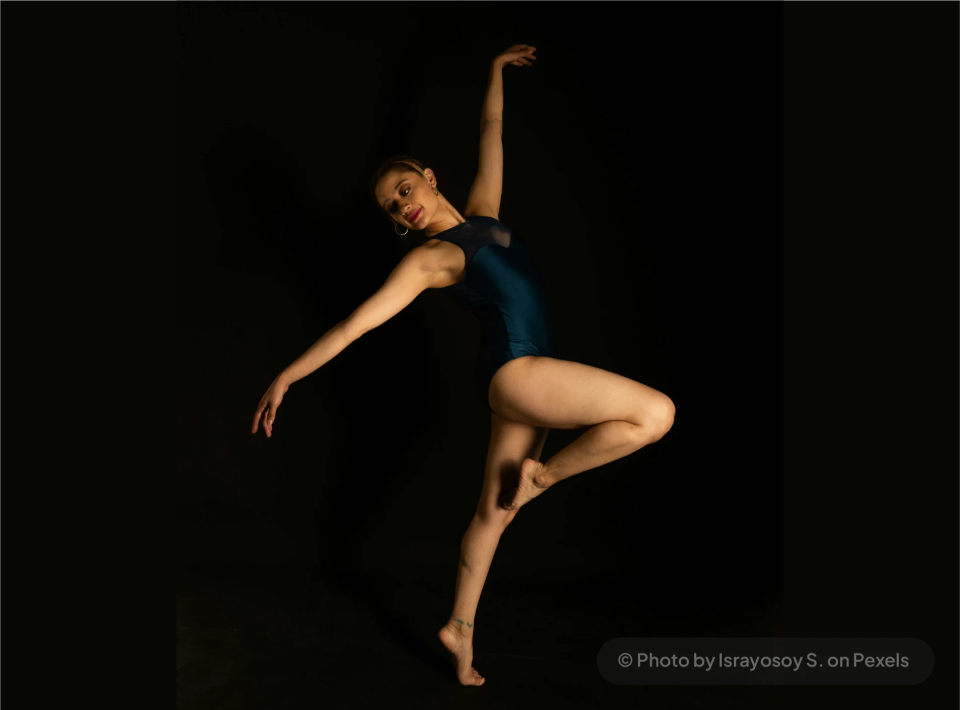
In a scene where a character hesitates - perhaps deciding whether to stay or leave - the point step becomes that silent pause, the inhale before action. It gives dramatic shape to otherwise invisible thought.
7. Rond de Jambe
“Rond de jambe” means “circle of the leg,” and it can be done on the floor (à terre) or in the air (en l’air). This step, slow and sweeping, creates a circular path with the leg - a motion often used in dream sequences or flashbacks.
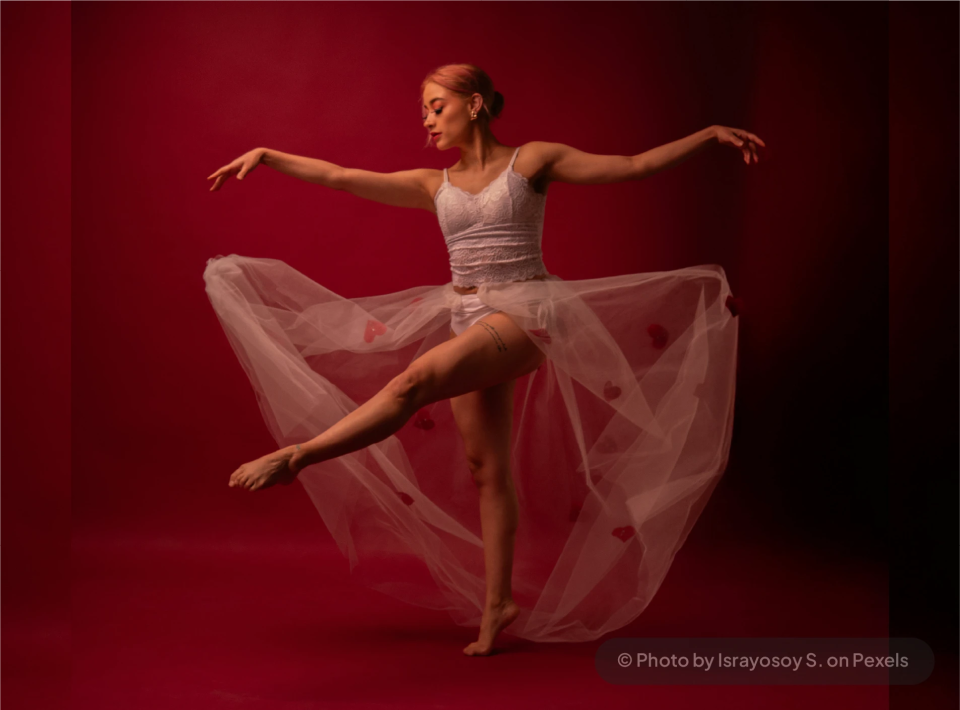
In La Sylphide, the rond de jambe might mimic the movement of air or the turn of fate. It allows the dancer to explore space in every direction, adding softness or melancholy to the narrative arc.
Fun fact: Some believe the circular movement symbolizes eternity or cycles of life—making it ideal for stories involving time, memory, or destiny.
8. Développé
Développé is when the dancer lifts one leg and slowly extends it outward, often to the front, side, or back. It looks like a flower blooming, an arm reaching out, or a heart revealing itself.
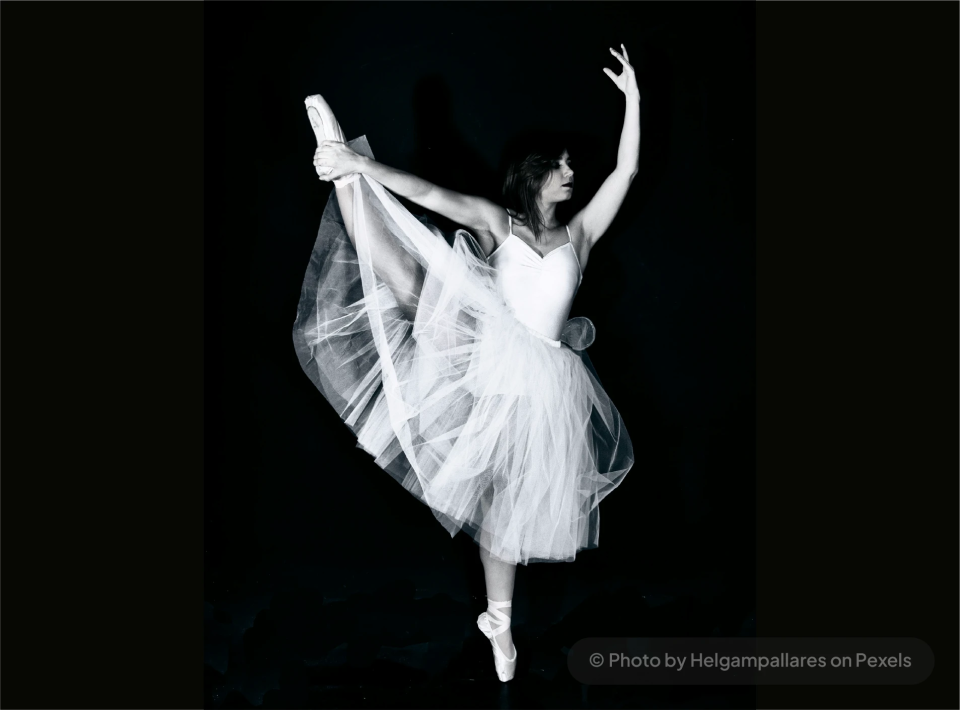
In romantic ballets like Giselle, développé might be used to show the heroine’s yearning or vulnerability. In modern ballets, it can symbolize independence, strength, or clarity. It’s a step that speaks volumes in silence.
9. Arabesque
This pose, with one leg extended behind the dancer and arms reaching forward, is the very emblem of ballet. It represents balance, beauty, and longing all at once.
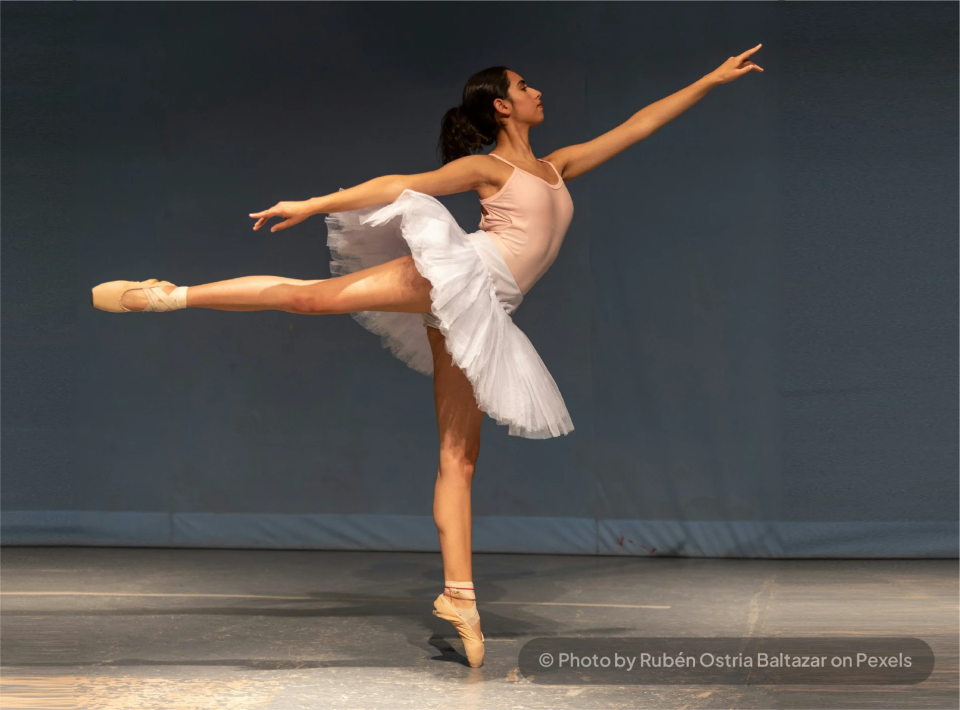
In The Nutcracker, Clara strikes an arabesque as she reaches for the magical kingdom. In Don Quixote, Kitri uses a bold arabesque to assert her spirit. Whether it's yearning, resolve, or freedom, arabesque tells us something vital about the character in that moment.
Legend has it that early ballet masters were inspired by Greek statues when shaping the arabesque - wanting to create stillness in motion.
10. Chassé
Meaning “to chase,” chassé is a gliding step that looks like one foot chasing the other. It’s light, quick, and often used as a transition—or to build energy before a big leap or turn.

In the comedic classical ballet Coppélia, a playful chassé might show the character's excitement; in Swan Lake, it might carry a dancer across the stage with urgency. It’s the running start of ballet, carrying both momentum and emotion in its glide.
Concluding - 10 Basic Ballet Dance Moves
Of all Western dance styles, ballet is known for its elegance and poise. Each of these steps isn’t just about technique. They’re part of a larger vocabulary, one that dancers use to communicate stories, emotions, and characters. In ballet, the body becomes the pen, the stage becomes the page, and each movement becomes a line in a living poem.
Ballet tells timeless tales of love, betrayal, magic, and courage - not with dialogue, but through shape, flow, and feeling. It invites the audience into a world where a turn of the wrist or the angle of the chin speaks volumes.
Whether you’re learning your first relevé or dreaming of your own arabesque under the spotlight, ballet has a place for you. Explore online dance classes.
In ballet, the movements are mainly known as positions and steps. Students begin by learning the five basic positions of the feet and arms, along with essential barre exercises like plié, tendu, and dégagé. As they progress, they explore center work such as pirouettes, arabesques, and various jumps. Altogether, these positions and steps form the vocabulary of ballet technique.
Classical ballet organizes every movement a dancer performs into seven fundamental actions. These include bending, which is called plier; stretching, known as tendre; rising, referred to as relever; gliding or glisser; jumping or sauter; turning, which is tourner; and darting movements called élancer. Every complex sequence in ballet is created by combining these simple actions.
Ballet features many jumps, but five are considered essential building blocks. A sauté is a simple jump straight up and down on two feet, while an assemblé brings one foot to join the other in the air before landing together. A jeté is a leap from one foot to the other. In a sissonne, the dancer pushes off from two feet but lands on one. And then there is the entrechat, where the dancer beats their legs together in the air before landing. These jumps help dancers develop power, precision, and control.
Relevé simply means “to rise.” It’s the movement where a dancer lifts their heels from the floor and balances on the balls of the feet or on pointe. This action strengthens the legs and ankles and helps dancers achieve stability and height in their movements. You’ll hear it in class all the time: “Relevé… and hold!”


